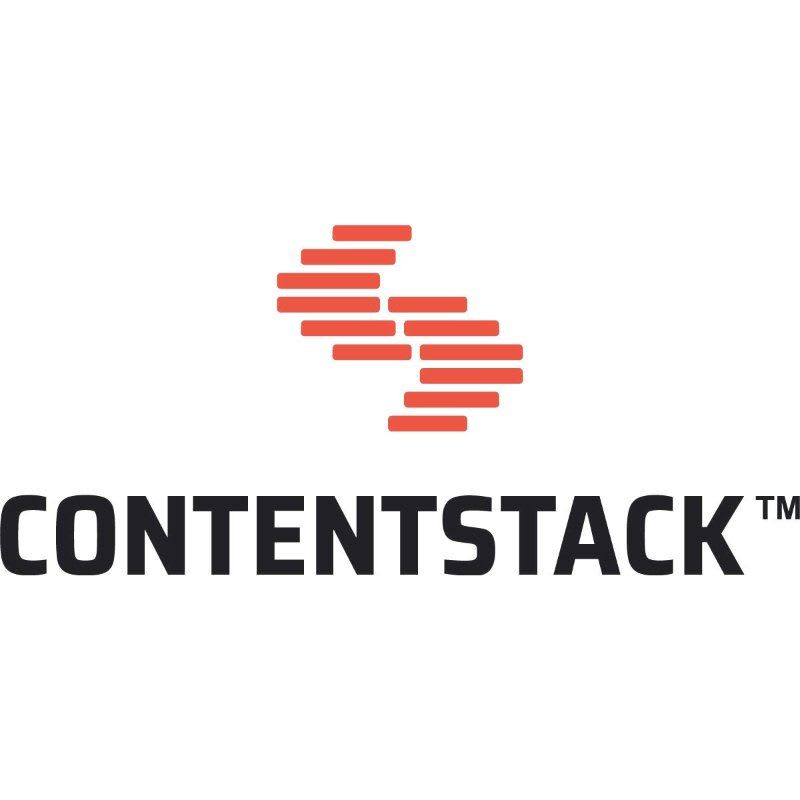If you are looking for a back-end content management system that can be separated from your front-end presentation layer, then you need a headless CMS. A headless CMS is where the functions of your content management, such as your content storage, management, and creation, is detached from the front end. This means that you can produce content to be delivered beyond websites and apps and can repurpose it for multiple different places.
Here are our top ten headless content management systems that we recommend this year:
 This German CMS system was founded in 2013 and provides an API-driven option. The RESTful API helps developers to have full programmatic control of their digital assets, translations, and content. External CDN integrations, as well as caching techniques, help the platform to deliver API payloads that are below the 100ms range.
This German CMS system was founded in 2013 and provides an API-driven option. The RESTful API helps developers to have full programmatic control of their digital assets, translations, and content. External CDN integrations, as well as caching techniques, help the platform to deliver API payloads that are below the 100ms range.
Contentful can display JSON snippets and a rich-text editor. The content modeling features allow marketers to organize individual fields and content modules, like images, calendars, and text. With a clean, modern-looking Admin panel, you will find the tools to be very intuitive and can be bespoke for your precise needs.
Most popular file formats can be uploaded and stored in Contentful, like pdf, video, jpg, spreadsheets, and wav. The Images API helps you to manipulate any image that you upload in your Space to resize, improve quality, crop them, and even change the format.
Editors love Storyblok because it helps them to build landing pages quickly and preview what the web pages will look like while they are still in draft form. If your aim is to use the CMS as a database to support your website, then this would not be the right choice for you.
“Like most headless CMS options, Storyblok has an option installed to trigger a webhook once you have published an entry,” says Michael Powell, a marketer at 1 Day 2 Write and Next Coursework. “This allows your website to be rebuilt automatically when you make changes.”
Storyblok also comes with a function called “Tasks” which helps you to manage the website and the content in the same place. You can expand your editorial workflow in Storyblok with the help of their custom apps, and install many extensions, like Tasks, S3 Backups, or Releases.

Marketers will love the WYSIWYG interface that aid the creation of SEO landing pages, company news pages, and case studies.
The San Francisco company Built.io created Contentstack in 2007 and this has fast become one of the most popular headless CMS options available. It comes with a plethora of features, like collaboration, asset and workflow management, versioning, and content previews. 
This is one of the first headless CMS to meet the needs of developers and business users, as well as improving the management of content for modern and traditional digital channels. An intuitive interface means that you can start using it immediately without training because it has been optimized for both low-code and no-code business users.
You will benefit from the efficiency, scale, and performance of a system supported by cloud technology and the SaaS platform that is being continuously improved. Contentstack integrates many tools, like Marketo, Salesforce, and Eloqua, which all come in the bundle.
 Over eighty individual applications bundle together to create the Core DNA CMS system, which supports eCommerce, portals, intranets, and the whole digital experience management.
Over eighty individual applications bundle together to create the Core DNA CMS system, which supports eCommerce, portals, intranets, and the whole digital experience management.
The system has an outstanding multi-tenant, decoupled architecture, and the SaaS platform provides personalization, localization, integrations, multi-site management, and a detailed inventory that you can manage. The WYSIWYG within the platform supports media and rich text management.
Based in Italy, CatoCMS is a CaaS platform, also known as a “content as a service” platform. Allowing you to work in lots of different languages, DatoCMS helps businesses to categorize digital assets in folders, locate media files fast using AI-powered tagging and sophisticated search options to help you publish content whenever you need it.
“Over 2,500 customers pay for and utilize the DatoCMS system, which is impressive given that they do not spend a lot on advertising and marketing and are relatively unheard of,” says Miranda Jones, a business analyst at Australia 2 write and Brit student. “The systems offer all of the tools that you would expect from a headless CMS, including a huge range of default fields that you can expand with plugins to suit your needs.”
 Another SaaS superstar system, Prismic is founded in San Francisco and has a visual editor, multi-language platforms, a full revision history and custom type builds. The system naturally integrates with eCommerce platforms like Magento and Shopify and has a scheduling and project management capability that supports workflow management and team collaboration. Prismic supplies a development kit for editors to work in their own framework and programming language.
Another SaaS superstar system, Prismic is founded in San Francisco and has a visual editor, multi-language platforms, a full revision history and custom type builds. The system naturally integrates with eCommerce platforms like Magento and Shopify and has a scheduling and project management capability that supports workflow management and team collaboration. Prismic supplies a development kit for editors to work in their own framework and programming language.
Giving a virtually complete editorial experience, Prismic supports localization with many supported default fields for models and scheduling. You can make many changes in one draft and then publish them all together.
Sanity is an open-source headless CMS that was created in Oslo in 2015. Created upon JavaScript and React.js, it includes a WYSIWYG rich text editor that helps you to embed data that you can edit in running text and defer mark-up to render time. The Sweet Query SPI installed helps you to cache lots of queries on one request. 
Real-time collaboration, live previewing and content versioning helps you to build bespoke experiences easily. Developers are able to create their own solutions from nothing, or they can use established tools like plugins, desk structure builders, or dashboard extensions.
 If you are looking for full control to help you organize your headless CMS without restrictions, Strapi is a great option to look at. There are lots of different database options and you can host it directly on your own server. Strapi is a France-based open-source headless CMS that has been built upon the Node.js and supports you to build and manage different APIs.
If you are looking for full control to help you organize your headless CMS without restrictions, Strapi is a great option to look at. There are lots of different database options and you can host it directly on your own server. Strapi is a France-based open-source headless CMS that has been built upon the Node.js and supports you to build and manage different APIs.
The extensible and customizable admin panel on the front-end agnostic platform has multiple plugins and security layers including CSFR, CORS, XSS, and P3P. It is worth remembering that Strapi is still in beta-mode so may not be fully ready for production yet.
Magnolia is different from other options on this list in that this Swiss-based headless CMS is built specifically for mid-to large-size organizations. It comes already equipped with features that enterprises need like personalization, a customizable four-eye workflow, and live-preview. These capabilities often have to be custom-built in other headless systems.
Another area Magnolia stands out is its ability to get authors and developers working in parallel. Developers can code in their language of choice (React, Vue, Angular, etc.) and easily pull in content from Magnolia. Using the built-in Visual SPA Editor, authors and editors can then add content and make changes with zero coding needed. Marketers gain independence while developers retain control of the code.
Now, when you are fully-armed with the top headless CMS, choose the one that suits your needs most of all. But don’t hurry up to start a website from scratch, losing all the precious content you were creating for ages. Use aisite migration service, and transfer posts, pages, comments and much more content types to new, more powerful CMS. Try a Free Demo migration to preview the possible migration result.













